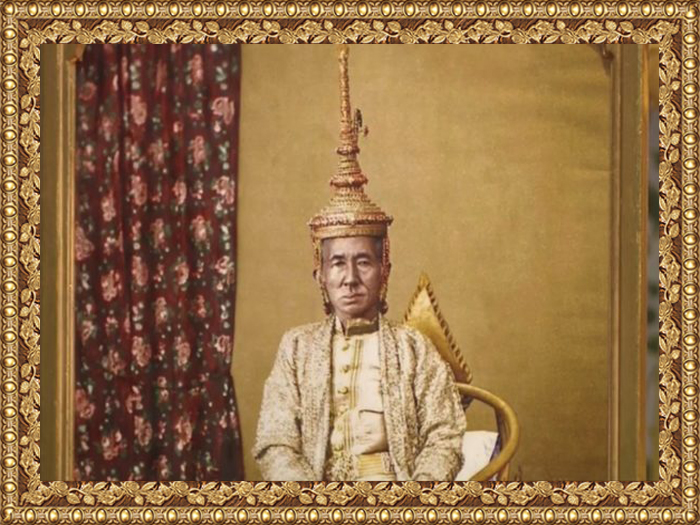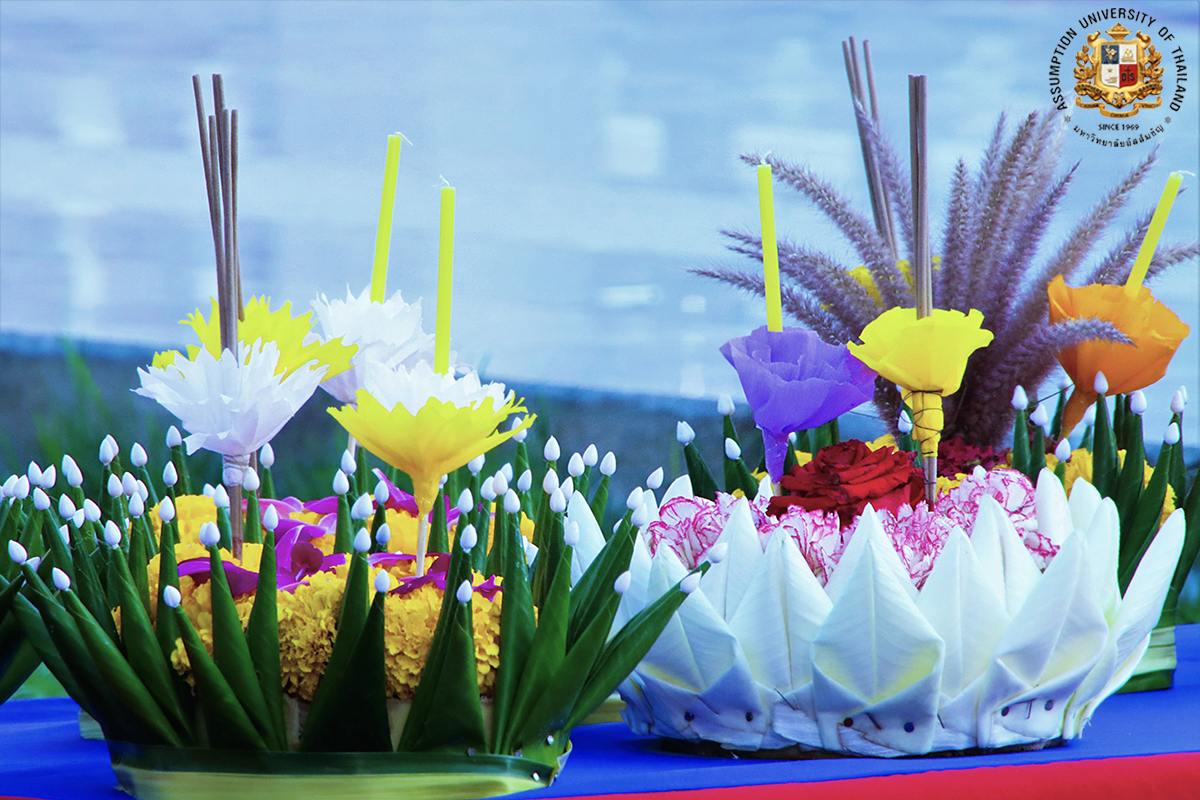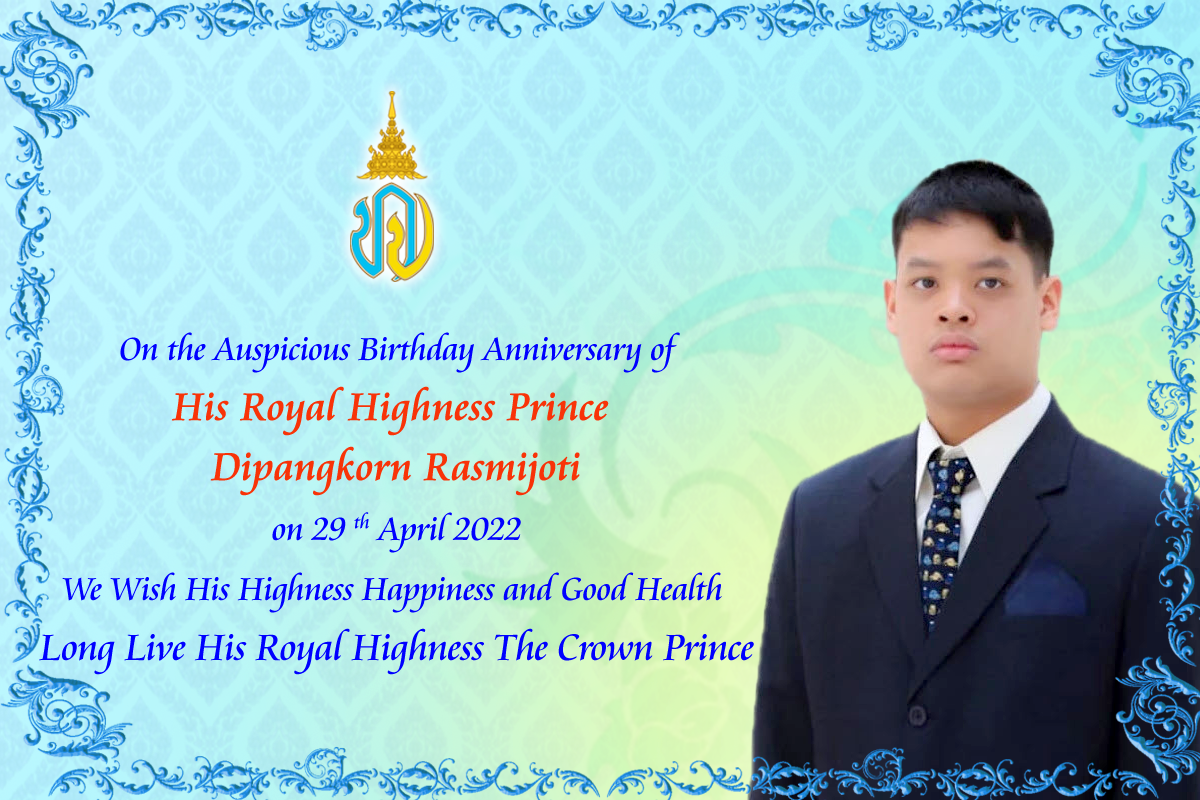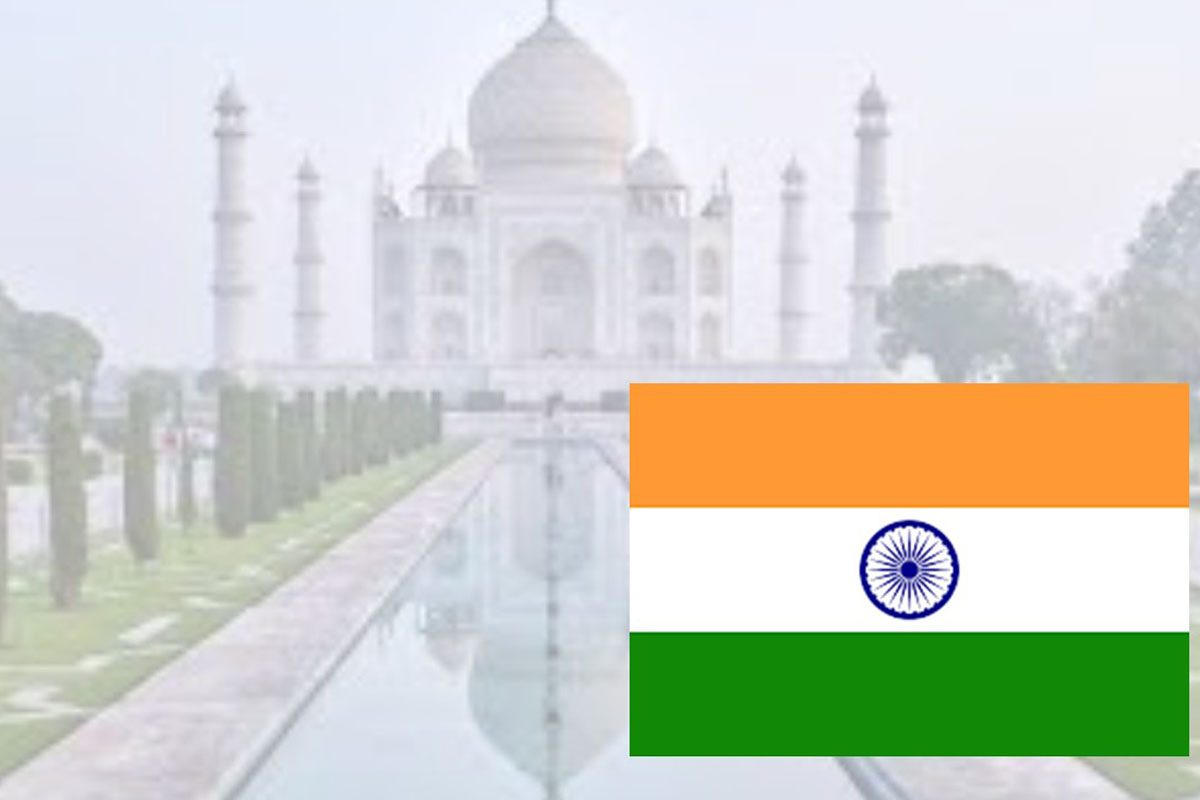
H.M. King Mongkut
(King Rama IV)
(1851 - 1868)
King Mongkut was born in 1804, he was the son of King Rama II and Queen Srisuriyentra as his mother, he was the grandson of King Rama I, the founder of the Chakri Dynasty, and was the younger brother of King Rama III as another mother, King Mongkut succeeded to the throne in 1851, aged 47. In the reign of his brother (King Rama III), he had for 27 years in the priesthood, and had become a famous Pali scholar, he became a Buddhist novice at the age of 14 years and later entered the priesthood.
King Mongkut did great changes in studying and practice of Buddhism in Thailand, bringing back a knowledge of a pure doctrine of Lord Buddha, which had become largely lost over centuries, he taught the other priests to obey the doctrine and the teaching of Lord Buddha strictly, and he established the Buddhist Sect, called Thammayuth Nigaya. King Mongkut had much leisure to study many languages which were Pali, Sanskrit, Cambodian, English and Latin.
King Rama IV studied and understood English well, he wrote English letters to the people in many countries, and especially to Queen Victoria of England for promoting the relationship between two countries, Thailand and England. The King also studied many branches of science particularly astronomy, the science of sun, moon, planets and stars, he was able to calculate the occurrence of the eclipse of the sun, he had predicted correctly that the eclipse of the sun, would appear in Thailand in 1868, and to view the total eclipse of the sun at the Location of Wagor, the Province of Prachuab Khiri Khan in the south of Thailand.
He decided that his younger brother Prince Itsaraterangsan should take part in the royal affairs with him, and he appointed the prince as second King named Phra Pinklao Chaoyuhua, Phra Pinklao had been greatly associated with European and other foreigners, and he became the most important adviser of the government during the reign of King Rama IV.
Construction of Royal Temples
King Rama IV constructed royal temples
- Wat Borom Nivas, the King constructed while he was in the priesthood.
- Wat Sommanus Vihan, the King constructed in 1853.
- Wat Pratoom Vanaram, the King constructed in 1857
- Wat Raj Pradit, the King constructed in 1864, and devoted this temple for the priests of Thammayuth Nigaya which was established by the King.
- Wat Makut Kasatriyaram, the King constructed in 1860. Not only for the construction of the royal temples,the King tried to restore some ruin temples in Bangkok to bring back to a normal condition, and to continue the construction. The details are as follows,
1) Wat Sraket, the King continually constructed the pagoda of the Golden Mount (Phukhao Thong), which began to construct in the reign of King Rama III, but it had not yet finished, and completed in this reign, the King named the pagoda as "Phra Borom Bunpot".
2) Wat Arun Rajtharam, the King restored and after the restoration, the King changed the name of the temple from Wat Arun Rajtharam to Wat Arun Rajwararam.
3) Wat Phra Samut Chedi (the temple of oceanic island pagoda) at Samut Prakan, the King restored the original pagoda, decorated and beautified the pagoda as magnificent pagoda, and also constructed the monk cells and the bell tower.
4) The Foot Print of Lord Buddha Temple at Saraburi, it was in the ruin condition, the King restored and constructed the new pagoda (Makut Phanthra Chedi) and the beautiful pavilion of pyramid roof and silver mat covering the floor of pavilion.
5) Phra Pathom Chedi (The first pagoda at Nakhon Pathom), the King constructed the new pagoda covering the original pagodas (the original Indian stupa later covering with Cambodian pagoda or Prang), the King began to construct in 1853 in the form of big planning,the King also built the bell tower, enlarged the base of pagoda, and built the veranda around the big pagoda, planted various trees according to trees that planted in the period of life of Lord Buddha. At Nakhon Pathom, we believe that, it was the place where the Buddhism was first introduced into Thailand. Today Pbra Pathom Chedi is the biggest pagoda in South-east Asia.
6) Wat Suwan Dararam (at Ayuthaya), it was the temple that restored by the ancestors of the Chakri Dynasty.
7) Wat Chumpol Nigayaram (at Bang Pa In Island, Ayuthaya), the King restored it to the former condition, and making a mural painting in the temple.
8) Wat Nakhon Kiri, the King built this Wat on the top of Maha Sawan Hill (Khao Wang) in the Province of Petcbburi, with his Hill Royal Palace, iucluded six elegant halls, the construction was completed in 1863.
9) Wat Maha Samanaram Petchburi, the King restored the temple in general.
10) Wat Sri Ratana Mahathat Petchburi, was constructed only Phra Prang (the pagoda of Cambodian style.)
The other religious activities of King Mongkut,
- The King continually compiled the doctrine of Lord Buddha (Tripitaka) which had been done in the reign of King Rama III and not yet finished, it was completed in this reign and written in three copies
- King Rama IV initiated the ceremony of the Buddhist Religion, called the Ceremony of Maka Bucha (the Buddhist all Saints Day), and the King performed Maka Bucha Ceremony at Wat Phra Srirata da Sasdaram in 1851. The Maka Bucba Ceremony had been performed first in the reign of King Rama IV, and continued to the present day.
- The King sent ten Thai monks to Ceylon in 1852 as the Buddhist Missionaries, and brought back the documents of Buddhism to Ceylon, the document had been borrowed from the Buddhist Council of Ceylon in the reign of King Rama III.
- The administration of the Bhuddhist Monk Council at that time, the monks were divided into two sects, Thammayuth Nigaya and Maha Nigaya. The King did justice and treated fairly between the monks of two sects, in order to keep unity between the two sects.
- The King promoted Buddhism of Mahayana Sect, mostly the priests of Mahayan sect are Chinese and Anoamite. When the King came to the throne as King Rama IV, the King invited them to perform the rite of Kong-Tex (the Chinese Death Ceremony performing by the Chinese or Annamite priests), on some occasions that should be performed the rite. When the Annamese people who lived at the location along the bank of Padang Krung KasemCanal, they built the Annamese temple, the King named the temple as Wat Samananum Borihan (the people in Bangkok called Wat Yeun Sapan Khao)
King Mongkut comes to an end
After seventeen years on the throne, King Mongkut went to the Province of Prachuab Khiri Khan at Vakor Location to view a total eclipse of the sun. For an eclipse of the sun, is an interesting phenomenon of the world, the old-fashioned people thought that a demon was seizing the sun in his teeth. and trying to swallow it. For the safety of the sun, they would set up an earsplitting din with rattles and drums and fire cracker in order to scare the demon into littling go.
King Mongkut had an interest in astronomy, especially a solar eclipse, he himself predicted correctly and with great accuracy. King Mongkut invited Sir Harry Ord, who had succeeded Butterworth as the governor of Singapore, to sail up with a suite of officers and their ladies, to meet him at the Province of Prachuab Khiri Khan. The French government sent French scientists from Paris to study a solar eclipse in Thailand.
The King brought his party including several of his wives, children, and a number of government officials, and some. Thai people who were interested in astronomy. The King's party also included Mr. Alabaster, acting as the British consul in Bangkok, he was King Mongkut's friend. The royal party sailing down the river and into the Gulf of Thailand, landed on the coast at the Province of Prachuab! Khiri Khan near the observation point.
Work men had been busy for months, clearing a space in the forest beside the beach, building a great temporary palace and a guest house, and fitting up a special observatory. Most of the European guests who were not yet acquainted with Thai hospitality, and had been looking forward doubtful mind to the discomforts of the jungle life, but they had & surprise about the excellent royal reception. The food was prepared by a French cook, the wines were served by an Italian, and the champagne was cooled with an abundance of ice which was then the rarest of luxuries and more expensive.
On the important day of the eclipse, dense clouds came up from the south-west and a dreary rain was falling. When the eclipse began the clouds quite obscured the sun, but a few moments later they broke away. The observations made by the various scientific groups of Thai, English and French were a complete success.
The observation of eclipse was over, the court set sail and returned to Bangkok, but the King had caught "Jungle fever" or malaria, and died shortly afterwards on 1st October 1868, he was sixty five, and on the throne seventeen years, and Prince Chulalongkorn succeeded his father at the age of 17 years, known as King Chulalongkarn or King Rama V.
King Mongkut, the wise and remakable King brought Thailand out of the past into the modern period enabling Thailand to take its place among the nations of the world. The King governed his country by the wise policy of skilful adaptation of Thai culture and idea so as to bamonize with the western
powers. The independence and the survival of Thailand and Thai people resulted from his capabilities.
King Rama IV (King Mongkut), The very remarkable King who brought Western Civilization to Thailand.
Sources:
Bhamorabutr, A. (1983). The Chakri dynasty. D.K. Today.
พระบาทสมเด็จพระจอมเกล้าเจ้าอยู่หัว. (n.d.). https://bit.ly/2WpZYZD



